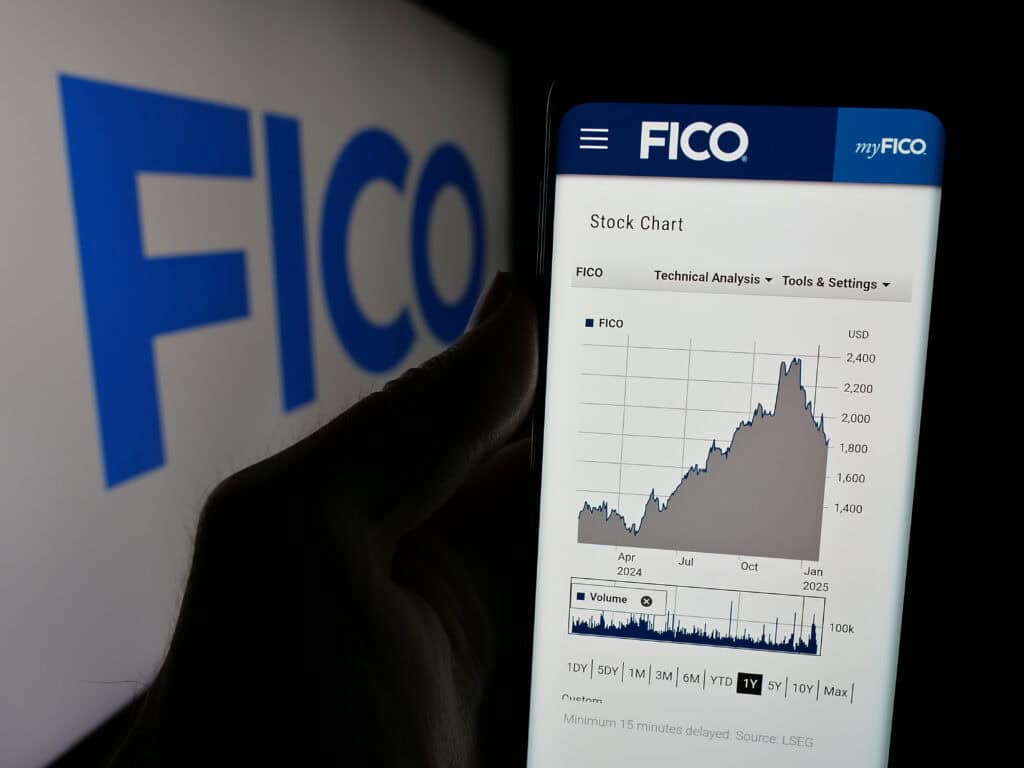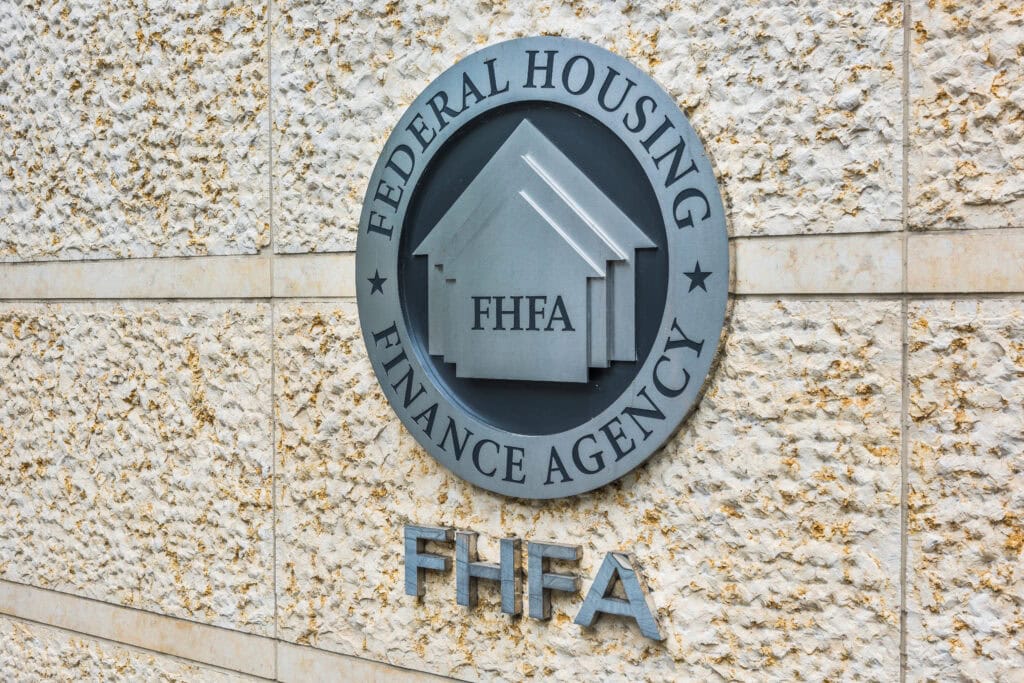In today’s fast-paced real estate market, many homeowners are asking the same question: how do you buy a house before selling yours? It’s a challenge that requires financial flexibility and careful planning—especially if you want to make a competitive, non-contingent offer.
Whether you’re trying to avoid the stress of temporary housing or just don’t want to miss out on your dream home, understanding how to buy a house before selling yours comes down to two powerful strategies: bridge loans and mortgage recasting.
What Is a Non-Contingent Offer?
A non-contingent offer means you’re ready to purchase a home without making it dependent on selling your current one first. These offers are more attractive to sellers, especially in hot markets where contingency clauses may cause delays or uncertainty.
To make a non-contingent offer work, you need access to cash or creative financing—this is where bridge loans and recasting come into play.
Option 1: Bridge Loans – A Temporary Lifeline Between Homes
A bridge loan is a short-term loan that allows you to tap into the equity of your current home to help fund the down payment on your new one. Once your old home sells, you use the proceeds to pay off the bridge loan.
Key Features:
- Short-term (usually 6–12 months)
- Interest-only payments during the term
- Designed to be repaid once your home sells
- Typically offered by banks, credit unions, and some mortgage lenders
Pros:
- Makes non-contingent offers possible
- Allows you to move quickly on a purchase
- Can reduce the pressure to sell your home fast
Cons:
- Requires significant equity (often 20%+)
- May have higher interest rates than traditional loans
- You may carry two mortgage payments temporarily
Loan Insights will soon launch a dedicated Bridge Loan Calculator to help you compare cost scenarios based on your existing mortgage, equity, and purchase price.
Real-World Example: How One Couple Made It Work
Let’s meet Sarah and Mark. They had no plans to move—but then their dream home hit the market just a few streets away. The catch? They hadn’t even listed their current house yet.
They knew submitting an offer with a sale contingency would weaken their position, especially since the home was already drawing interest. So, they explored financing options that would let them buy first.
After speaking with their lender, Sarah and Mark learned they had enough equity to qualify for a bridge loan. That gave them the cash they needed for a down payment—without selling their current home first. Once they closed on the new house, they quickly listed their old one, and the proceeds were used to pay off the bridge loan.
“It wasn’t stress-free,” Sarah admitted, “but it gave us the flexibility we needed. We didn’t have to panic-sell, and we didn’t miss out on the home we really wanted.”
Their experience is a great reminder that with the right strategy, you can buy a house before selling yours—even in a fast-moving market.
Option 2: Mortgage Recasting – Restructure After the Purchase
Mortgage recasting happens after you’ve bought your new home. In this strategy, you purchase the new home with a traditional mortgage, then apply a lump-sum payment (often from the sale of your old home) toward the loan principal.
Your lender then recalculates your monthly payment based on the lower balance—without changing the interest rate or term.
Key Features:
- Only available for certain types of loans (usually conventional)
- Requires a large lump-sum payment post-closing
- Often includes a small processing fee ($200–$500)
Pros:
- Lowers your monthly payment without refinancing
- Retains your original interest rate
- Avoids the cost and complexity of refinancing
Cons:
- Requires you to qualify for the full mortgage without the sale proceeds
- Not all lenders offer recasting
- Does not shorten your loan term
Which Strategy Is Right for You?
| Criteria | Bridge Loan | Mortgage Recasting |
|---|---|---|
| Timing of Sale | Before sale | After sale |
| Cash Flow Flexibility | Higher upfront cost | More flexibility after sale |
| Loan Type Compatibility | Equity-based, separate loan | Conventional loans only |
| Market Competitiveness | Enables non-contingent offers | Works best if already closed |
| Long-Term Affordability | Temporary financing | Reduces monthly cost long term |
If you’re unsure which route is best, our Loan Compass tool can help assess which lenders support these strategies based on your financial profile.
The Emotional Side of Buying First
Let’s be honest—buying a house before selling yours can feel overwhelming. There’s the anxiety of carrying two mortgages, the fear of something falling through, and the pressure of tight timelines.
And yet, in a competitive market, waiting too long might cost you the perfect home. Sellers favor clean, non-contingent offers. That’s why many buyers turn to bridge loans or recasting as tools that not only solve the math—but also ease the pressure.
With a bridge loan, you know you can make a move now and catch up later. With recasting, you accept a higher payment temporarily, knowing you’ll recalibrate once your home sells. Both options reduce the fear of being stuck and help you move forward with confidence.
Remember, you’re not alone in this process. Buyers across the country are using creative financing to make smart, safe transitions into their next home.
FAQs: How to Buy a House Before Selling Yours
Can I buy a house before selling mine?
Yes, with the right financing strategy. Bridge loans and mortgage recasting are two common methods that let you buy first and sell later.
Is a bridge loan risky?
A bridge loan can carry more financial risk because you may be holding two loans at once. It’s important to have strong equity and a plan for selling your current home quickly.
Do I need to refinance to recast my mortgage?
No. A mortgage recast keeps your existing loan and simply recalculates your monthly payment after a large principal reduction.
What credit score is needed for a bridge loan?
While requirements vary, most lenders look for a credit score of 680 or higher and substantial home equity—typically 20% or more.
Can I use recasting with a government-backed loan (FHA, VA, USDA)?
Typically no. Mortgage recasting is usually only available for conventional loans. Ask your lender for details on eligibility.
Final Thoughts
Buying a home before selling your current one can be a smart move—but it requires preparation, clarity, and flexibility. Whether you opt for a bridge loan or plan to recast your mortgage later, both strategies allow you to make stronger, cleaner offers without relying on contingencies.
Keep an eye out for our upcoming Bridge Loan Calculator, and use tools like Loan Watch to compare your loan offers with confidence.
If you’re navigating this process and want help finding the right option, our Loan Compass tool is a great place to start.











